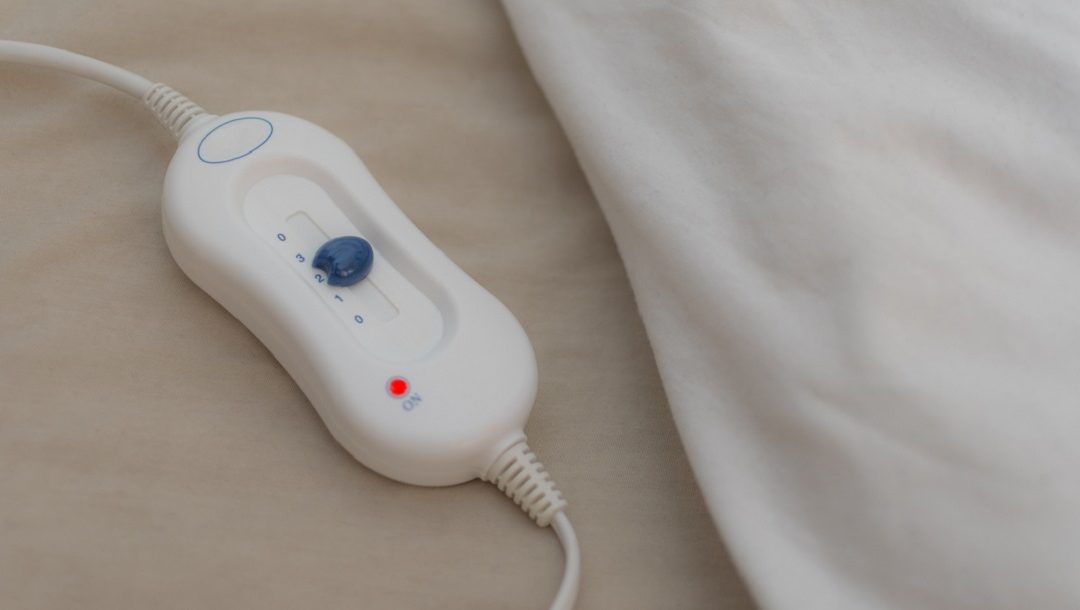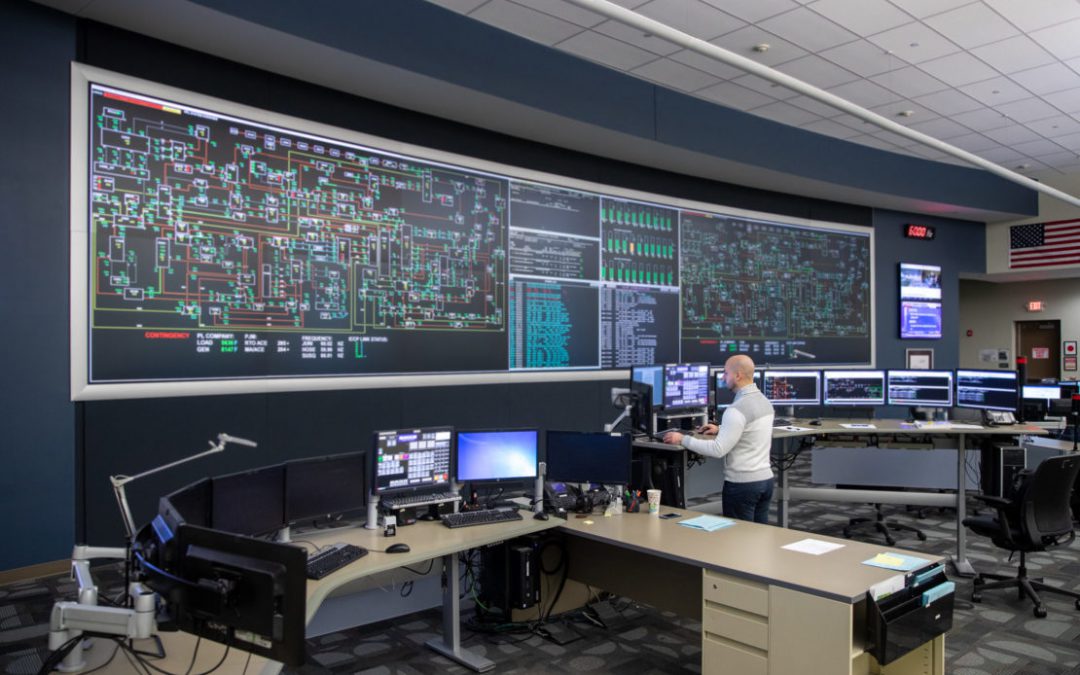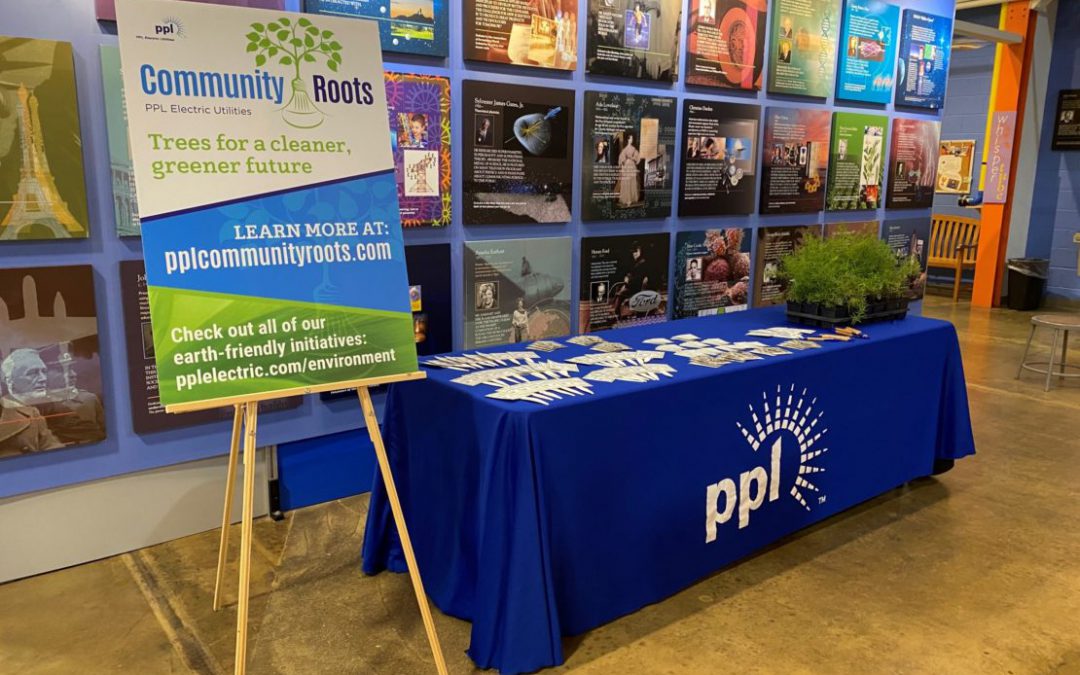
Jan 31, 2022 | Safety and Security
As winter kicks into full gear, we can expect to see more snow and, of course, cold temperatures.
While we all do our best to stay warm during these times, we may occasionally need a little extra help to keep ourselves, and our homes, cozy. This may mean using anything from a plug-in, portable space heater to, in the event of a severe storm, a portable generator.
Even though it may seem easier to take a shortcut when trying to stay warm, you should always keep safety top of mind. Here is some information on the dangers associated with three common pieces of electrical equipment used during winter, as well as tips on how to use them safely.
Electric Blankets and Heating Pads
Both electric blankets and heating pads can provide some relief from the cold. While they may seem harmless, they cause almost 500 fires each year, according to ESFI. Here are some helpful tips to keep you safe:
- Heating pads and electric blankets are not designed to be used interchangeably or at the same time.
- Always be sure to inspect the device before using it. Start by checking the electrical cord and replace the item if you find any damage.
- Do not place other objects or blankets on top of an electric blanket while it’s in use as it can easily overheat.
- Do not tuck an electric blanket into the mattress and avoid folding it. Both can cause the blanket to overheat.
- Never leave these devices unattended or use them while you are sleeping.
Space Heaters
According to the Electrical Safety Foundation International (ESFI), heating equipment — like portable space heaters — are the second leading cause of home fires in the United States and more than 65,000 home fires are attributed to heating equipment annually. It’s important to use these devices sparingly, and only when needed, to prevent something from going wrong. Here are some tips to ensure you’re being safe:
- Before using a space heater, read the manufacturer’s instructions in full.
- Don’t plug space heaters into extension cords or power strips.
- Be sure to give space heaters plenty of room and keep them on a level surface away from flammable objects and foot traffic.
- Remember to only use a space heater when needed and don’t leave a heater unattended while in use. Make sure you turn it off and unplug the cord when you’re not using the device.
- It may be advantageous to ditch your older space heater for a new one that has built-in safety features like a tip-over switch.
Generators
If the power goes out during a winter storm, you may turn to a generator. While the ability to keep the essentials running is certainly amazing, generators can pose a serious risk to your health. In fact, the Consumer Product Safety Commission reports that 50% of all generator-related carbon monoxide deaths occur during the winter months. Follow these tips before firing up your generator:
- Be sure you are reading, and following, the manufacturer’s guidelines for operation and take heed of any warnings. This includes making sure you use the proper fuel for the generator and only add fuel when the generator is cool.
- Before each use, inspect the generator to ensure it’s in good working order.
- Generators should never be used in an enclosed area or placed inside a home or business. Be sure to also keep them away from windows and vents that could allow carbon monoxide to sneak inside.
- Even though you will be using the generator outside, make sure that your home has battery-operated carbon monoxide detectors that are in good, working condition.
- Make sure you never backfeed power from the generator into your home. Doing so can create serious safety hazards for our linemen working to restore your service by sending power back outside of your home.
Remember, with a little preparation and a few precautions, you can keep you, your family and your home safe and warm this winter.
For more information about how we promote safety, visit pplelectric.com/safety.

Nov 8, 2021 | Energy Efficiency
Start your savings with the flip of a switch and read on for where you might find ways to save energy in your home office, kitchen, and every room in between.
Your Morning Bathroom Routine Could Be Adding to Your Electricity Costs
Did you know the bathroom vanity is one of the highest-use fixtures in the average home? By replacing your home’s top-five most frequently used light fixtures with ENERGY STAR® certified LEDs, you could save as much as $70 each year in energy costs. Get started and take the pledge today.
See How Much Wasted Energy Is Lurking in Your Home Office
Most home office equipment is left on 24 hours a day. Equipment that is automatically set to sleep mode not only uses less energy, but it also runs cooler and lasts longer. In addition, you can save even more energy in your office with these small hacks:
- When your monitor is inactive, switch to sleep mode or turn it off to avoid screensavers.
- Turn off fax machines, printers, scanners, and copiers when not in use.
- Switch off power cords on weekends or any time spent out of the office.

Check Attics and Basements for Air Leaks and Get a $200 Rebate on Air Sealing
With windows throughout your home, start by monitoring rooms for air leaks. A quick way to get started is to caulk and weather-strip around windows and doors that leak air. It’s also a good idea to replace your screens with storm windows to provide an extra barrier from the outside air. Other common trouble spots for air leaks are in the basement, attic, and plumbing vents. Here’s a guide to get you started. You might also consider talking to a professional who can help you take advantage of our rebate for up to $200 on air sealing services.

Enjoy a Rebate on Your Refrigerator
Fun fact: Refrigerators made before 1993 use twice the energy that newer models do. An ENERGY STAR certified refrigerator, however, uses less energy than a 60-watt lightbulb run continuously does and uses at least 20% less energy than required by current federal standards. If you have an older fridge, you can prevent 5,500 to 20,000 pounds of greenhouse gas emissions just by unplugging and recycling it properly—and you can also get a $50 rebate from us.


Oct 29, 2021 | Reliability
We work every day to keep your electric bills as low as possible. But paying any bill — especially these days — isn’t fun. That’s why we want you to know what you get for your energy dollar.
Let’s start with one of the most important aspects of our jobs: providing reliable electric service. Our electric grid consists of thousands of miles of poles and wires that deliver electricity to your homes, as well as the state-of-the-art technologies that manage them. Every year, we invest in systems and activities to keep our grid on the leading edge so we can keep your lights on.
Here are just three examples of the many reliability initiatives underway throughout our 29-county service territory.
Vegetation Management
Fallen tree branches are the number one cause of storm-related power outages. That’s why our crews work hard to identify, trim and remove trees and tree limbs before they cause problems. Our maintenance program is designed so we can trim the right trees at the right times to prevent outages. We use data to identify the areas that have the highest probability of tree-related damage and act accordingly.
Smart Grid Investments
Back in the day, when there was an outage on one of our lines, most customers on that damaged line lost power. Now, thanks to an impressive combination of automated sensors and switches, coupled with an advanced software system, our grid can reroute power automatically to limit the number of customers impacted by an outage. Plus, the system can shorten outage duration. That means an outage that once could have lasted hours becomes a momentary blip. You might have to reset your digital clocks, but you won’t have to break out your flashlights.
Line Monitoring
Every day, we proactively monitor the thousands of miles of lines that deliver electricity to our Pennsylvania customers. We’re looking for trouble spots, equipment damage and any other issues that could cause you to lose power. We rely on our dedicated crew to identify and report issues, but for some of our assets we also use unique methods, like camera-equipped drones, to keep an eye out for problems. Drones capture images of lines and transformers. They do thermal imaging to catch hotspots that can signal future problems. They also improve our vegetation management program by measuring the distance from trees to power lines, allowing us to schedule trimming before it’s too late.
This is just the tip of the iceberg. To stay up to date on our reliability investments, follow us on social media.

Oct 29, 2021 | Community Involvement, Environment
From August through October, our Community Roots Program made its way across PA.
Our employees visited events, like baseball games, throughout our service territory, to deliver free plants and seeds to our customers. Their mission: spread the word about pollinators and how important it is to protect and preserve the environment we all love.
Along the way, they met a few plant enthusiasts, environmental champions, and captured some great moments.
Check them out!
In Williamsport, Chris Stamatedes, PPL Electric’s Regional Director of Operations, threw out the first pitch at the largest attended Crosscutters baseball game of the season!

We also visited one of the coolest spots in the area for First Friday- The Lancaster Science Factory.

And we couldn’t miss an Iron Pigs game at Coca-Cola Park in Allentown!

We spent a beautiful sunny day at the Newfoundland Farmers Market and donated more than 250 mint plants to our friends in the Northeast region.

At the Forks Farmers Market in Orangeville our volunteers arrived in style with our electric vehicle. They spent the day talking with customers about how we plant pollinators in our right-of-way areas.

We passed through Schuylkill County and set up a booth at the Hometown Farmers Market. There, customers had the opportunity to package their own native pollinator seed mix to plant at their homes.

Did you pick up a mint plant or pollinator seeds at one of our recent events? Post pictures of your planted pollinators on Facebook. Tag PPL Electric Utilities, and use the hashtag: #MyPPLPollinatorPatch.
And if we missed you this season, don’t worry- we’ll be back! Follow us on social media for upcoming Community Roots pop-ups!

Oct 22, 2021 | Environment
The work we do goes beyond delivering safe, reliable and affordable electricity to our customers. We’re here to be a true community partner and preserve the environment we call home.
Our team in Lancaster County recently completed a large construction project to replace a 100-year-old transmission line that runs through Kelly’s Run Preserve, a popular local destination for walking and hiking owned by the Lancaster Conservancy.
We know how important this trail is to the community, so we worked closely with Lancaster Conservancy to minimize the amount of time the trail was closed during construction.
Along the way, we identified an opportunity to expand the Conservancy’s pollinator meadow by two and a half acres by planting a pollinator-friendly seed mixture in our right-of-way. This cost-effective, seed mixture is something we at PPL have been testing and exploring in our right-of-way areas.
The future is buzzing — and you too can assist our pollinator friends by creating your own pollinator-friendly habitats at home. Learn more about our pollinators and how you can help by clicking here.














